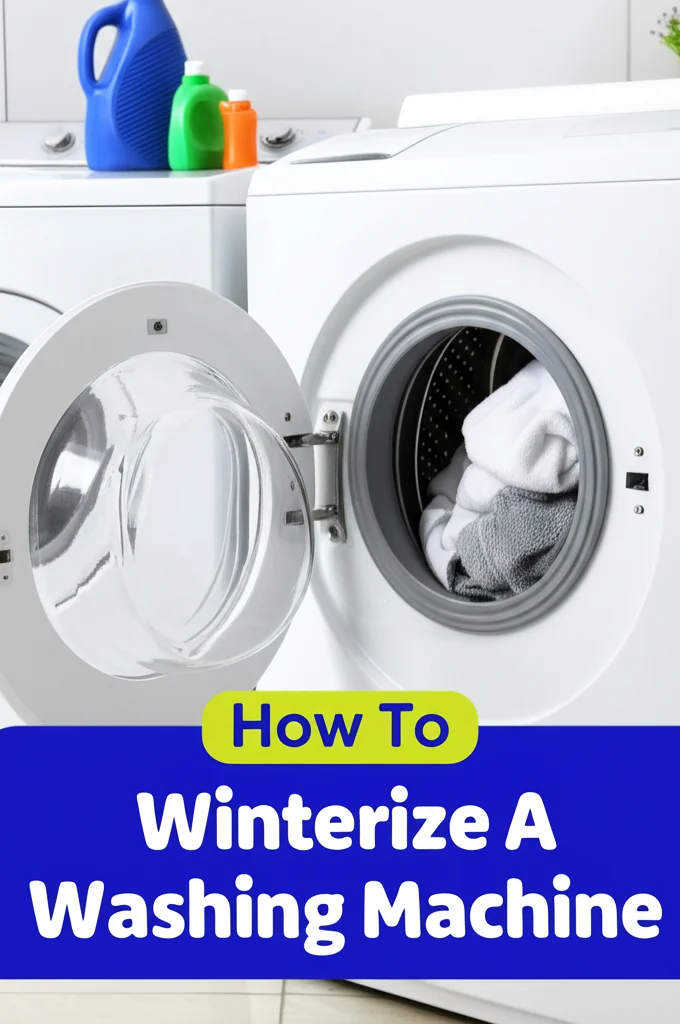· Home Maintenance · 6 min read
How To Clean Fiberglass Doors?

Keeping Your Entryway Fresh: How To Clean Fiberglass Doors
Ever wonder how to keep your fiberglass door looking new? A clean door boosts curb appeal and protects your investment. Fiberglass doors are popular for their durability and low maintenance, but they still require regular cleaning to prevent dirt, grime, and weathering from taking their toll. This article will guide you through everything you need to know about how to clean fiberglass doors, from routine washing to tackling stubborn stains. We’ll cover the best cleaning solutions, tools, and techniques to ensure your door remains beautiful for years to come. Let’s dive in and learn how to restore that welcoming shine!
Takeaway:
- Regular washing with mild soap and water prevents buildup.
- Avoid abrasive cleaners that can damage the finish.
- Use a soft brush or cloth to gently scrub the surface.
- Rinse thoroughly and dry to prevent water spots.
Quick Answer:
To clean a fiberglass door, simply mix mild dish soap with warm water, apply with a soft cloth or brush, gently scrub, rinse thoroughly, and dry with a clean towel. Avoid harsh chemicals and abrasive cleaners to protect the door’s finish.
Why Fiberglass Doors Need Cleaning
Fiberglass doors are designed to withstand the elements, but they aren’t self-cleaning. Over time, dirt, dust, pollen, and even mold can accumulate on the surface. This buildup isn’t just unsightly; it can also potentially damage the gel coat finish, leading to fading or discoloration. Regular cleaning prevents this damage and keeps your door looking its best. Think of it like washing your car – it protects the paint and keeps it shining. Ignoring cleaning can lead to more intensive restoration work later on, so a little effort now saves you time and money in the long run.
Gathering Your Cleaning Supplies
Before you start, gather everything you’ll need. Having the right tools makes the job much easier and more efficient. You won’t need anything fancy, just a few basic items. Here’s a checklist:
- Mild Dish Soap: This is your primary cleaning agent.
- Warm Water: Essential for dissolving the soap and loosening dirt.
- Soft Cloths or Sponges: Microfiber cloths are ideal as they are non-abrasive.
- Soft-Bristled Brush: For tackling stubborn dirt or textured surfaces.
- Garden Hose with a Gentle Spray Nozzle: For rinsing.
- Clean Towels: For drying.
- Bucket: To mix your cleaning solution.
- Optional: Fiberglass Door Cleaner: Specifically formulated cleaners can offer extra protection.
The Gentle Wash: Routine Cleaning for Fiberglass Doors
Regular washing is the key to maintaining your fiberglass door. This routine cleaning should be done at least twice a year, or more often if you live in a dusty or polluted area. Start by mixing a small amount of mild dish soap with warm water in your bucket. Dip your soft cloth or sponge into the solution and gently wash the entire door surface. Pay attention to areas that accumulate more dirt, like around the handle and near the bottom of the door. Avoid applying excessive pressure, as this could potentially scratch the finish.
Tackling Stubborn Stains on Fiberglass
Sometimes, a gentle wash isn’t enough. If you encounter stubborn stains like bird droppings, tree sap, or scuff marks, you’ll need a slightly more targeted approach. For these, try these methods:
- Bird Droppings: Soak the area with warm water for a few minutes to soften the droppings. Then, gently scrub with a soft brush and your soap solution.
- Tree Sap: Use a plastic scraper to carefully remove as much sap as possible. Then, apply a small amount of rubbing alcohol to a cloth and gently rub the remaining residue.
- Scuff Marks: A magic eraser can often remove scuff marks, but test it in an inconspicuous area first to ensure it doesn’t damage the finish.
- Mold and Mildew: Mix a solution of one part bleach to four parts water. Apply to the affected area, let it sit for a few minutes, and then scrub gently with a soft brush. Always wear gloves and eye protection when working with bleach.
If you’re dealing with particularly tough stains, consider a fiberglass door cleaner specifically designed for stain removal. You can find these at most hardware stores. Remember to always follow the manufacturer’s instructions.
Protecting Your Door: Polishing and Waxing
After cleaning, consider polishing and waxing your fiberglass door to provide extra protection and enhance its shine. Polishing helps to remove minor scratches and imperfections, while waxing creates a protective barrier against the elements. Apply a fiberglass door polish according to the product instructions. Then, apply a coat of marine-grade wax, which is designed to withstand harsh weather conditions. This will help to repel water, dirt, and UV rays, keeping your door looking newer for longer. Think of it as sunscreen for your door!
What Not To Do: Avoiding Damage to Fiberglass
Knowing what not to do is just as important as knowing what to do. Fiberglass doors are durable, but they can be damaged by harsh chemicals and abrasive materials. Here’s a list of things to avoid:
- Abrasive Cleaners: Avoid scouring powders, steel wool, and harsh chemicals like acetone or ammonia.
- Pressure Washers: The high pressure can damage the gel coat finish.
- Solvent-Based Cleaners: These can dissolve the finish.
- Dark-Colored Scrub Pads: These can scratch the surface.
- Excessive Scrubbing: Gentle is key!
Frequently Asked Questions (FAQ)
Q: Can I use a power washer on my fiberglass door?
A: No, power washers can damage the gel coat finish of your fiberglass door. The high pressure can cause cracking or peeling. Stick to a garden hose with a gentle spray nozzle.
Q: How often should I clean my fiberglass door?
A: At least twice a year, but more often if you live in a dusty or polluted area. Regular cleaning prevents buildup and protects the finish.
Q: What’s the best way to remove tree sap from a fiberglass door?
A: Carefully scrape off as much sap as possible with a plastic scraper. Then, apply rubbing alcohol to a cloth and gently rub the remaining residue.
Q: Is it necessary to wax my fiberglass door?
A: While not essential, waxing provides extra protection against the elements and enhances the door’s shine. Marine-grade wax is recommended.
Q: Can I use household cleaners like Windex on my fiberglass door?
A: While Windex might seem convenient, it can contain harsh chemicals that could damage the finish. It’s best to stick to mild dish soap and water or a dedicated fiberglass door cleaner.
Keeping Your Door Looking Its Best: A Final Thought
Cleaning your fiberglass door doesn’t have to be a daunting task. By following these simple steps and using the right tools, you can keep your entryway looking fresh and inviting for years to come. Remember, regular maintenance is key to protecting your investment and preventing costly repairs. So, grab your bucket, soap, and sponge, and give your fiberglass door the care it deserves! A little effort goes a long way in maintaining curb appeal and ensuring a welcoming entrance to your home.




